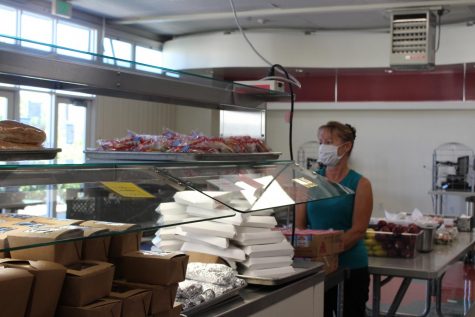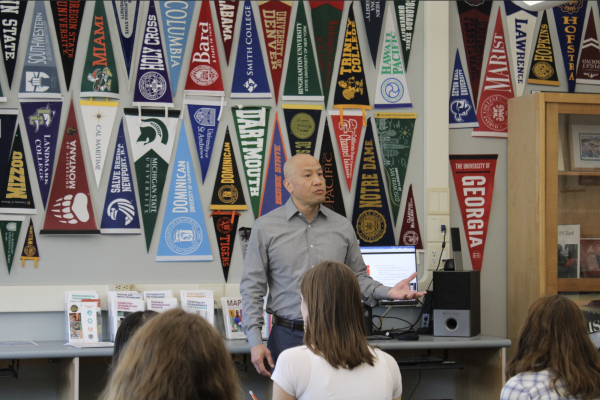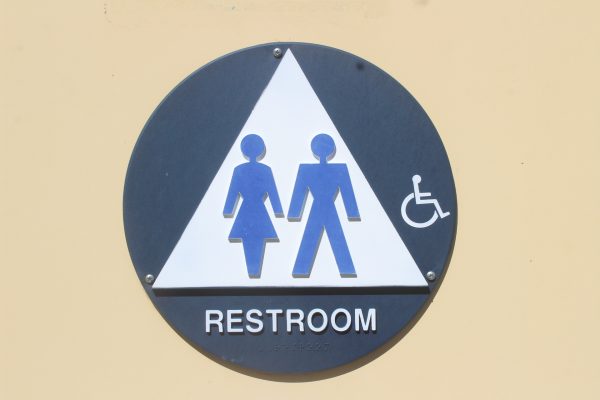New state budget opens free CEA lunches for everyone
September 8, 2021
On July 9, 2021, California Governor Gavin Newsom signed into law the Free School Meals for All Act of 2021. This policy will take $54 million from the California state budget to supplement the prior United States Department of Agriculture (USDA) funding for free school meals. California is set to invest $650 million in ongoing funds by 2022-2023 to permanently continue offering two free meals per day to all public school students, regardless of income.
Assistant Superintendent of Business and Operations for Tamalpais Unified High School District (TUHSD), Corbett Elsen stated that since TUHSD has gone back in person, food services have gone from serving on average about 1500 meals in the district per day to around 3500-4000. The increase has come with some challenges, as student nutrition services have had worker and food shortages due to the ongoing pandemic.

“A lot of manufacturers of chicken, dairy and grain in the Central Valley, middle America, have lost so much money from COVID, because [when they had to] shut off all their inventory [it] went to waste a lot of resources,” Elsen said.“We’re having trouble getting enough food to meet the [student] needs right now.”
Lisa Herberg, TUHSD Director of Student Nutrition Services expressed that while the influx of new students has been difficult to manage, eliminating the aspect of money and sales has made it easier to focus on bigger problems such as lack of supplies.

“Because not all foods are available, a lot of contracts are being cancelled, so they can raise the prices. The federal government is giving us more funding to help offset the increased costs due to the supply chain shortages,” Herberg said.
Herberg also indicated that TUHSD has always put nutrition at a higher priority than deficit spending of the budget, even before COVID-19. The elimination of the à la carte items, like cookies and chips, have also allowed them to save more money and have opened up the possibility of breaking even on this year’s budget.
Junior Julia Marrow, who regularly gets food from the CEA, believes that a universal free lunch program is essential for students because it allows for an easier school day, limiting the stress of not having lunch.

“It’s a good outlet for kids who don’t want to pack their lunch every day, or instead of having to buy extra groceries, you can just get [lunch] at the CEA, which I think is great, especially for kids who come from families who might need it for the financial stability aspect,” Marrow said.
While the universal meals program was implemented to help families and children suffering during COVID-19, it has also helped diminish the ongoing stigma about receiving a free or reduced lunch from school.
“It’s [made it] okay for anybody to come and eat instead of being embarrassed. And that’s awesome. …it’s a sad state of affairs when you can’t eat, you’re hungry, but you’re afraid of what somebody is going to think about it,” said Herberg.
The need for this policy is evident as a growing number of students use district-wide nutrition services. While food insecurity might not always be the clearest to see, it is still present and must be dealt with. The Free School Meals Act seems to be fixing this problem.
“I hope at the very least, that this universal Meals Program is sustained. I don’t want a single student in our district to not have the food they need to be able to learn,” Elsen said.






















